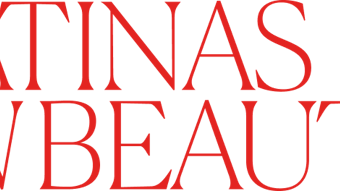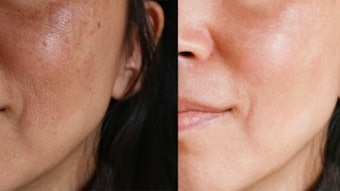- Since 2005, Brazilians have almost doubled their annual consumption of beauty.
- In 2010, premium beauty value growth in Russia leapt to 12%, up from 0.5% in 2009.
- Strong beauty sales growth in India is increasingly driven by rural consumers, who still comprise roughly 70% of the total population.
- China’s beauty industry expanded by 12% in 2010, and is predicted to see growth of more than $10 billion by 2015.
Most of the major international beauty companies are focusing on expanding their presence in Brazil, Russia, India and China—the BRIC markets—and it’s easy to see why. In 2010, these four markets accounted for 21% of the $382 billion total global beauty industry value size, and this percentage is set to increase to 25% by 2015. They will also account for 54% of the value growth by 2015. The most dramatic increases will come from Brazil and China, yet all remain prime targets for overseas expansion by beauty players, and 2011 continues to witness new entrants to these lucrative countries.
Consumers in Brazil Step Up Their Spend
The Brazilian beauty and personal care market continued to register double-digit growth in its value size, and reached growth of 15% in 2010. While most developed markets still show rather sluggish growth, the South American giant has shown consistently high performances in beauty consumption, both during and after the global economic crisis, and it continues to be one of the driving engines of global beauty industry growth. At $192 per person in 2010, per capita consumption of beauty and personal care products in Brazil fell just short of the average annual $193 consumer spend on the category. While the U.S. spend has remained relatively unchanged since 2005, Brazilians have almost doubled their annual consumption of beauty, up from an already high $107 in 2005. This rapid increase has been mainly driven by rising incomes among mid- and low-income consumers. The main impact of increased incomes is seen in categories such as color cosmetics, fragrances, oral care, skin care and sun care where penetration among lower income groups is growing, and these consumers have only recently begun purchasing items such as nails products, nourishers/anti-agers and sun protections products.
Sales of beauty products through direct sellers accounted for almost one-third of all sales in 2010. It is expected that once retail develops and consolidates, direct selling will begin to lose ground. Yet this retail consolidation could take another decade, and direct selling is set to continue to have a strong presence in the short to mid-term.
Read Brazil Breathes New Life into Global Bath & Body Care for more information on this market.
Russia Bounces Back
Of all the BRICs, Russia was most impacted by the economic downturn, with value growth slipping down from 12% in 2008 to 5% in 2009. The country suffered a particularly big drop in premium beauty sales, but there was a return to more buoyant consumer spending on the category in 2010, with growth moving back up to 9%. Sales of nonessential products such as anti-agers and fragrances returned close to former levels of consumption in 2010. Premium beauty value growth also leapt up to 12%, up from just 0.5% in 2009.The return to form was driven by a far stronger economic performance, resulting in higher consumer confidence.
Direct sellers remain the second largest distribution channel for beauty and personal care in Russia (beauty specialist retailers hold the top spot), however, the development of chain retailers remains the key threat to further growth in direct selling.
India Attracts Big Beauty Players
Beauty and personal care in India is forecast to enjoy healthy growth of 14% in 2010, unchanged from the previous year. Rising affluence and greater consciousness of personal image are driving growth in both rural and urban areas. While discretionary products such as color cosmetics and fragrances remain mostly an urban phenomenon, basic necessities such as bath and shower and oral care are seeing strong growth increasingly driven by rural rather than urban consumers.
As a result of its consistently high growth, India has attracted a number of multinational beauty companies to focus on expansion there. In most cases, their target is urban areas—exemplified by L’Oréal India launching the first Kiehl’s stand-alone store in New Delhi in 2011. Others, such as direct seller Mary Kay, targeted India’s rural consumers, who still comprise roughly 70% of the total population.
China Goes From Strength to Strength
Having dipped very slightly in value growth in 2009 to 10% (down from 12% the previous year), China saw its beauty industry expand by 12% in 2010. Deodorants, skin care and sun care products all saw growth in 2010, but skin care remained the flagship category in China, driving overall market growth.
The men’s grooming category, however, is also worth noting. As attitudes toward grooming change among men, male grooming products are seeing strong performances, and men’s grooming is set to post an average annual growth rate of 13% until 2015. Men’s hair care, skin care and deodorants are likely to remain the market drivers due to constant new product launches and promotions.
The beauty and personal care market is predicted to see growth of more than $10 billion by 2015, by far the highest of any country globally. Key factors driving this will be China’s strong GDP growth and Chinese consumers’ higher disposable incomes.
Carrie Lennard is a research analyst at Euromonitor International.










